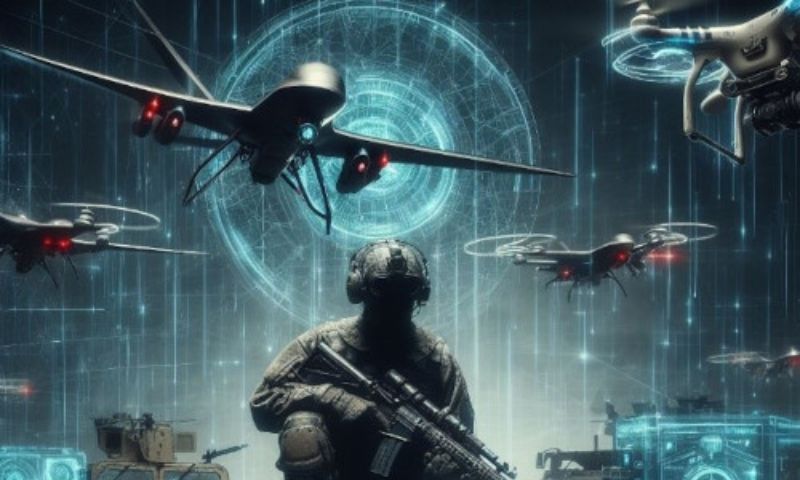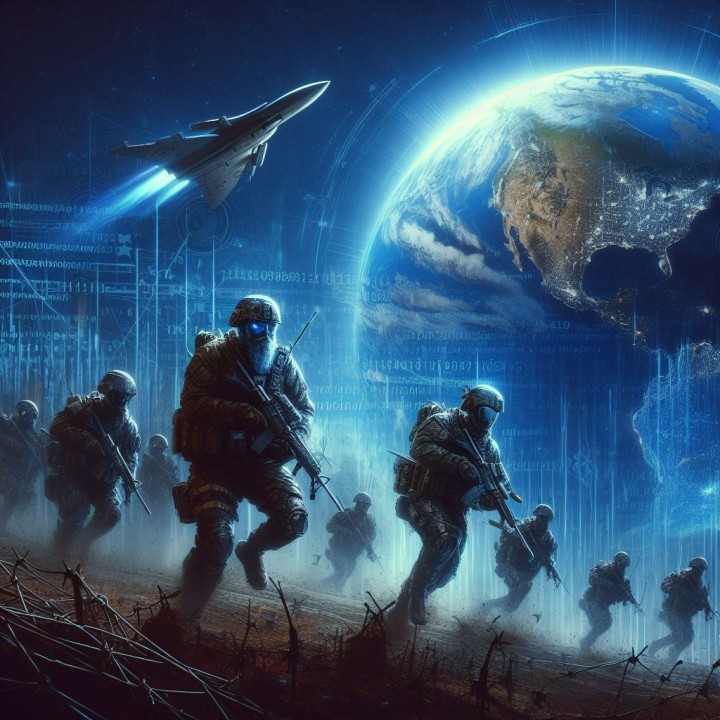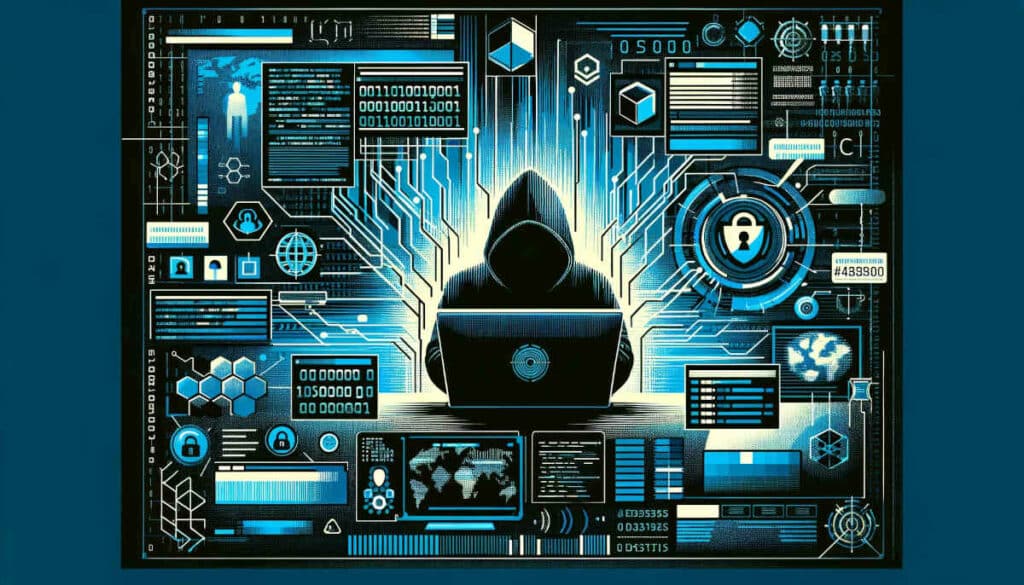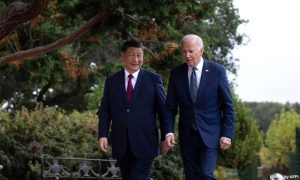Technological advancements have transformed every wake of life in modern times. It plays a vital role in contemporary landscape of warfare as well. Recent Pager and walkie talkie’s explosions in Lebanon marks a significant shift in the world of modern warfare exemplifying the dangerous inter section of technology and war. Lebanon witnessed a coordinated series of explosions of pagers initially on 17th September and explosions of walkie talkies on next day in various regions of the country. As per Secretary General of Hezbollah, Hassan Nasrullah, this incident resulted in 37 causalities and thousands of injuries. These pagers were used by Hezbollah’s operatives for a secured communication. Hezbollah has instructed their operatives to use pagers instead of cell phones to mitigate the risk of hacking and cyber threats. However, these explosions illustrate a chilling reality that old school technology can even be compromised and weaponized through cyber means.

This incident has exposed the vulnerabilities of gadgetry being used and raise alarming questions on Hezbollah’s operational security. The implications of these explosions extend beyond Hezbollah and Lebanon, they signal the dawn of a new era of warfare where wars are not limited to physical territories but has expanded to cyber space where networks of communication, information systems and Data would be the prime target.
Technological Warfare
Technological warfare exhibits the paradigm shift in how wars will be fought in future. As per the reports of qualified cyber experts, the future of wars heavily includes the exploitation of cyber systems and manipulation of Data rather than conventional military tactics. These manipulations encompass the tactics aiming to destabilize the enemy’s secret and critical systems. The Cyber-attacks have the power to cripple the whole infrastructure of the country without the very need of any weapon.

Professor of Cyber Security at University of New South Wales explains, “By attacking a critical piece of infrastructure, you can paralyze larger parts of an economy.” This shift is not merely bookish, it has been seen over the years that countries often use cyber-attacks to incapacitate their rivals. Stuxnet (a Cyber worm) has affected over 15 Iranian facilities in 2010. This was aimed to destroy Iranian Nuclear facility, causing damages to 984 Uranium centrifuges which means Uranium enrichment efficiency was decreased by 30%. As per the article of New York Times titled ‘Israeli Test on Worm Called Crucial in Iran Nuclear Delay’, it was considered to be a joint operation of United States and Israel on Iran’s Nuclear Development Program.
Cyber Attacks
NATO’s websites were also targeted by Distributed Denial of Service (DDoS) attacks by a Ukrainian group. Russia’s cyber-attack to sabotage Ukraine’s electoral process in 2014 followed by various DDoS attacks. The history of cyber-attacks accompanied with the series of events happened in Lebanon illustrates the dark realities of modern warfare which causes the lives of civilians and widespread panic. Consequences of such incidents impact and effect the lives of civilians deeply. Cyber-attacks could disrupt the essential utilities like cell phones, laptops, TVs, communication systems, transportation and even healthcare facilities. Everything is integrated with the technology. Furthermore, the psychological impact of these attacks can never be undermined. The fear and unrest caused by such attacks leads to social distress and raise questions regarding the security of common people. International Humanitarian Law (IHL) governs the traditional warfare but is struggling to cope with cyber wars. There is a dire need for international players to devise the full proof policies and legal framework for preventing the collateral damage and ensuring the safety of common people.

These cyber wars and operations are not new, people have seen such narratives in reel lives often in movies and seasons. James Bond’s latest movie, No Time to Die has shown the DNA programmable nanobot bioweapon. It targets certain persons based on their DNA for killing but are harmless to another person. While latest movie of Mission Impossible series, Dead Reckoning Part 1 also shows ‘an advanced, self-aware rogue AI capable of penetrating cyber security and predicting probable futures’ named ‘The Entity’. It has the ability to infiltrate highly secured defense systems, banks and cyber security hubs. Power of Entity is defined in one of the dialogues of the movie. “You have no idea the power it represents. Thousands of quadrillions of computations per millisecond, subtly manipulating the minds of billions, while parsing every possible cause and effect, every scenario, however implausible, into a very real map of the most probable next. And, with only a few changes to the present, the future is all but assured.”
Movies not only serve the purpose of entertainment but also of cautionary tales about the potential consequences of unchecked technological and cyber advancements. The pager and walkie talkie explosions in Lebanon signals the future of warfare, a future where technology plays a pivotal role in wars. Israeli Defense Minister Yoav Gallant marks this incident as the ‘New Era of War’.























